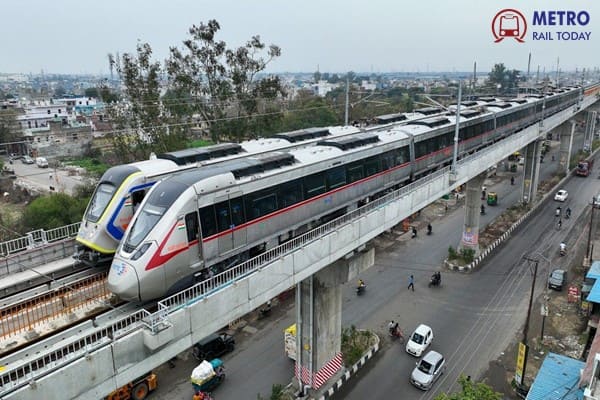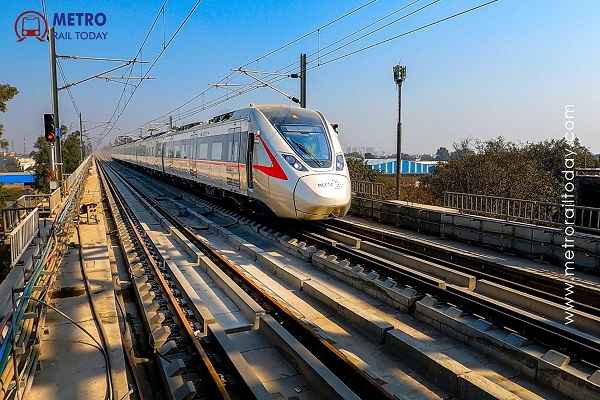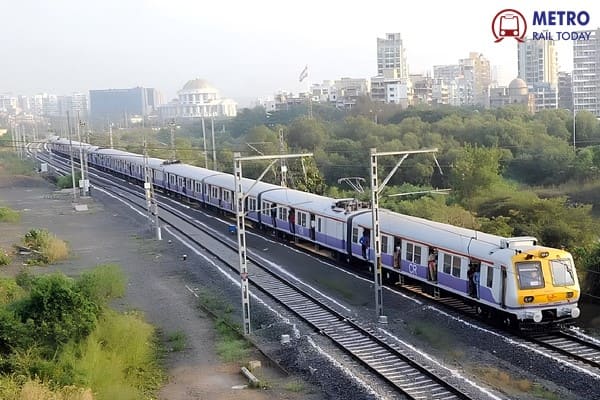 K-RIDE to float fresh civil tender after terminating L&T from Bengaluru Suburban Rail Project
K-RIDE to float fresh civil tender after terminating L&T from Bengaluru Suburban Rail Project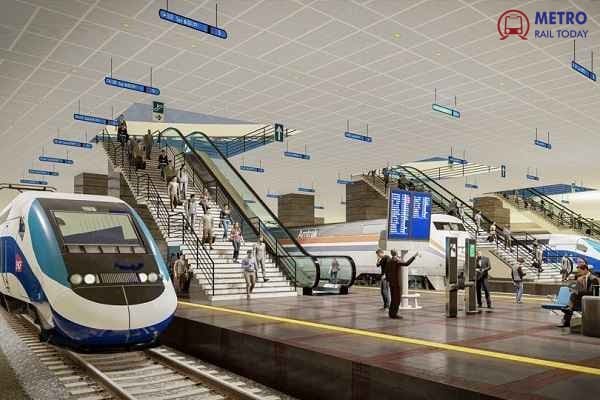 Airtel Business bags multi-year contract for Indian Railway Security Operations Centre
Airtel Business bags multi-year contract for Indian Railway Security Operations Centre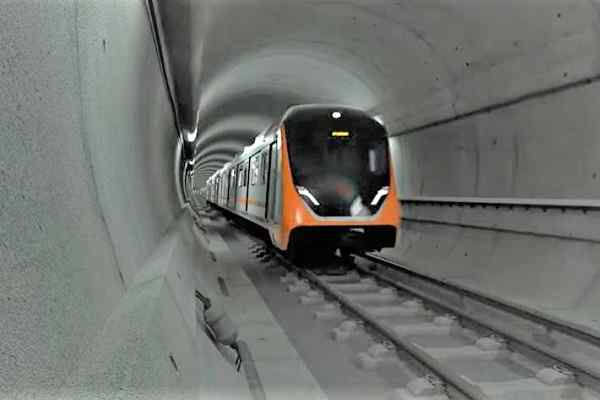 TBM Vidyarthi achieves Final Tunnel Breakthrough for Kanpur Metro Corridor 1
TBM Vidyarthi achieves Final Tunnel Breakthrough for Kanpur Metro Corridor 1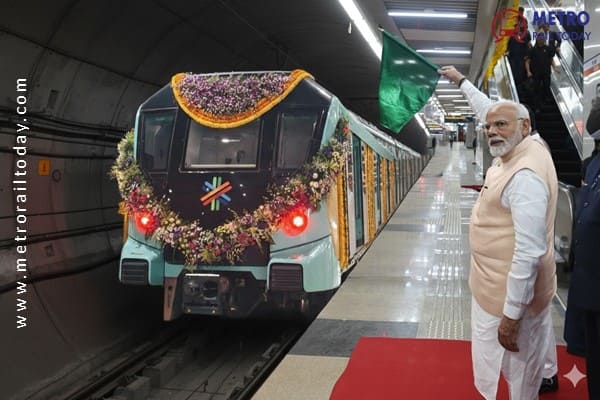 Prime Minister Narendra Modi inaugurates Final Phase of Mumbai Metro Line 3 (Aqua Line)
Prime Minister Narendra Modi inaugurates Final Phase of Mumbai Metro Line 3 (Aqua Line)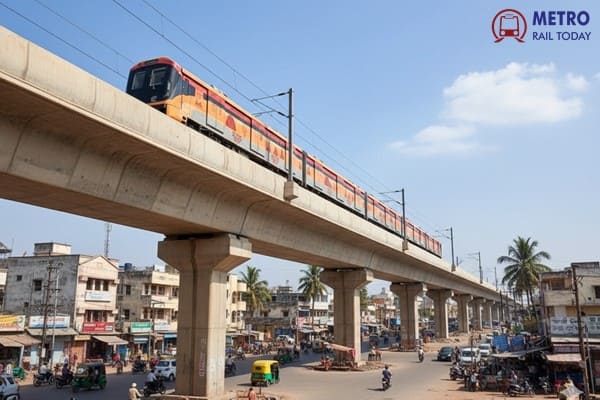 White Elephants on Rails: How Politically-Driven Metro Projects Are Draining Public Funds?
White Elephants on Rails: How Politically-Driven Metro Projects Are Draining Public Funds?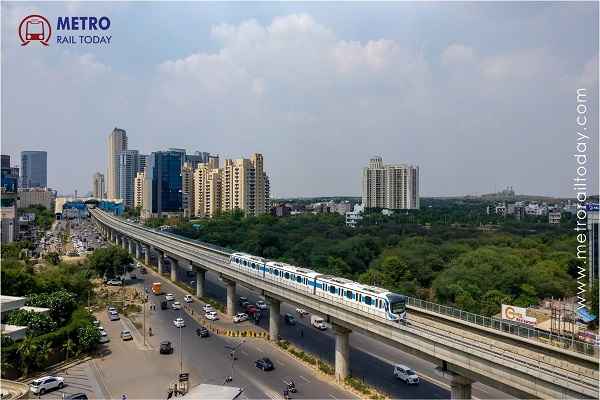 Gurugram Metro Construction Begins with First Piling Work Near Sector 31
Gurugram Metro Construction Begins with First Piling Work Near Sector 31 NCRTC and Gati Shakti Vishwavidyalaya sign MoU to boost Railway Education and Innovation
NCRTC and Gati Shakti Vishwavidyalaya sign MoU to boost Railway Education and Innovation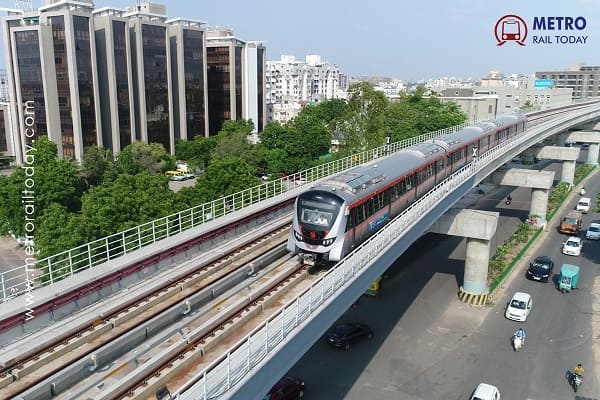 DB Engineering & Consulting partners with GMRC to shape Smart, Sustainable Surat Metro
DB Engineering & Consulting partners with GMRC to shape Smart, Sustainable Surat Metro Patna Metro Inaugurated: First Phase of 3.6-km Stretch Open to Public from October 7
Patna Metro Inaugurated: First Phase of 3.6-km Stretch Open to Public from October 7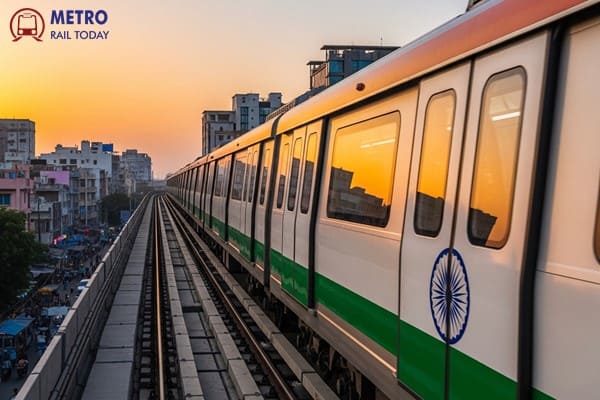 Saleem Ahmad appointed as new CMD of Rail Vikas Nigam Limited (RVNL)
Saleem Ahmad appointed as new CMD of Rail Vikas Nigam Limited (RVNL)
NCRTC floats Tender for 110 MW Solar Power Plant to meet Namo Bharat Corridor's Green Energy goals
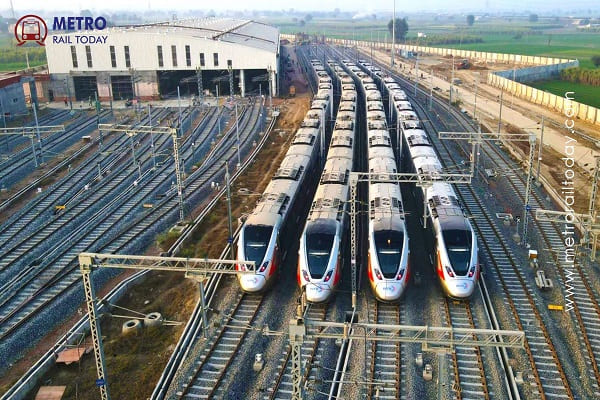
New Delhi, India (Metro Rail Today): In a major push towards energy sustainability and operational cost reduction, the National Capital Region Transport Corporation (NCRTC) has invited online bids for the establishment of a 110 MW (AC) grid-connected solar PV plant in Uttar Pradesh. The power generated from the plant will cater to the energy requirements of the Delhi–Ghaziabad–Meerut Namo Bharat Corridor, India’s first Regional Rapid Transit System (RRTS).
The upcoming solar power plant will operate in captive mode, dedicated exclusively to NCRTC’s energy needs. With this, NCRTC plans to meet up to 60% of the corridor’s power demand through renewable energy, thereby significantly reducing its dependence on conventional power sources.
The proposed plant—developed as a joint venture with a government entity—can be installed anywhere within Uttar Pradesh, and will be connected to the state power grid for seamless supply to the corridor’s receiving substations (RSS). From there, electricity will be distributed to trains, stations, depots, and auxiliary infrastructure.
This green energy project is expected to offset approximately 177,000 tons of CO₂ emissions annually, making it a major contributor to India's climate action goals and aligning with the National Solar Mission.
Mrs. Mamta Shah, MD & CEO of Urban Infra Group, hailed the move as visionary, “NCRTC’s solar initiative is not just an operational upgrade but a strategic climate action milestone. By integrating renewable energy into high-speed transit systems, India is setting global benchmarks for sustainable urban mobility.”
NCRTC estimates that 30–35% of the corridor’s total operating expenses will go towards electricity. By tapping into large-scale solar generation, the corporation is expected to significantly reduce recurring power costs.
In parallel, rooftop solar installations at stations, depots, and RSS buildings are projected to generate an additional 15 MW, taking the total solar capacity for the 82-km corridor to 125 MW—enabling NCRTC to eventually meet 70% of its power demand through green energy.
Key Benefits of the Project:
-
Massive CO₂ Reduction: ~177,000 tons annually
-
Air Pollution Mitigation: No emissions of NOx and SO₂ from solar power
-
Energy Cost Optimization: Captive solar supply will reduce recurring OPEX
-
Model for India: Strong alignment with National Solar Mission and PM-KUSUM objectives
-
Green Transit Leadership: Reaffirms NCRTC's commitment to sustainable urban transport
The tender invites experienced and qualified solar developers to participate. Once operational, this solar project will position NCRTC as a pioneer in adopting renewable energy for regional rail, offering a scalable model for other urban transit agencies across the country.
With this initiative, NCRTC not only takes a firm step toward energy self-reliance but also reinforces its role as a leader in climate-resilient infrastructure, ensuring that future urban mobility in India is clean, cost-efficient, and carbon-conscious.





